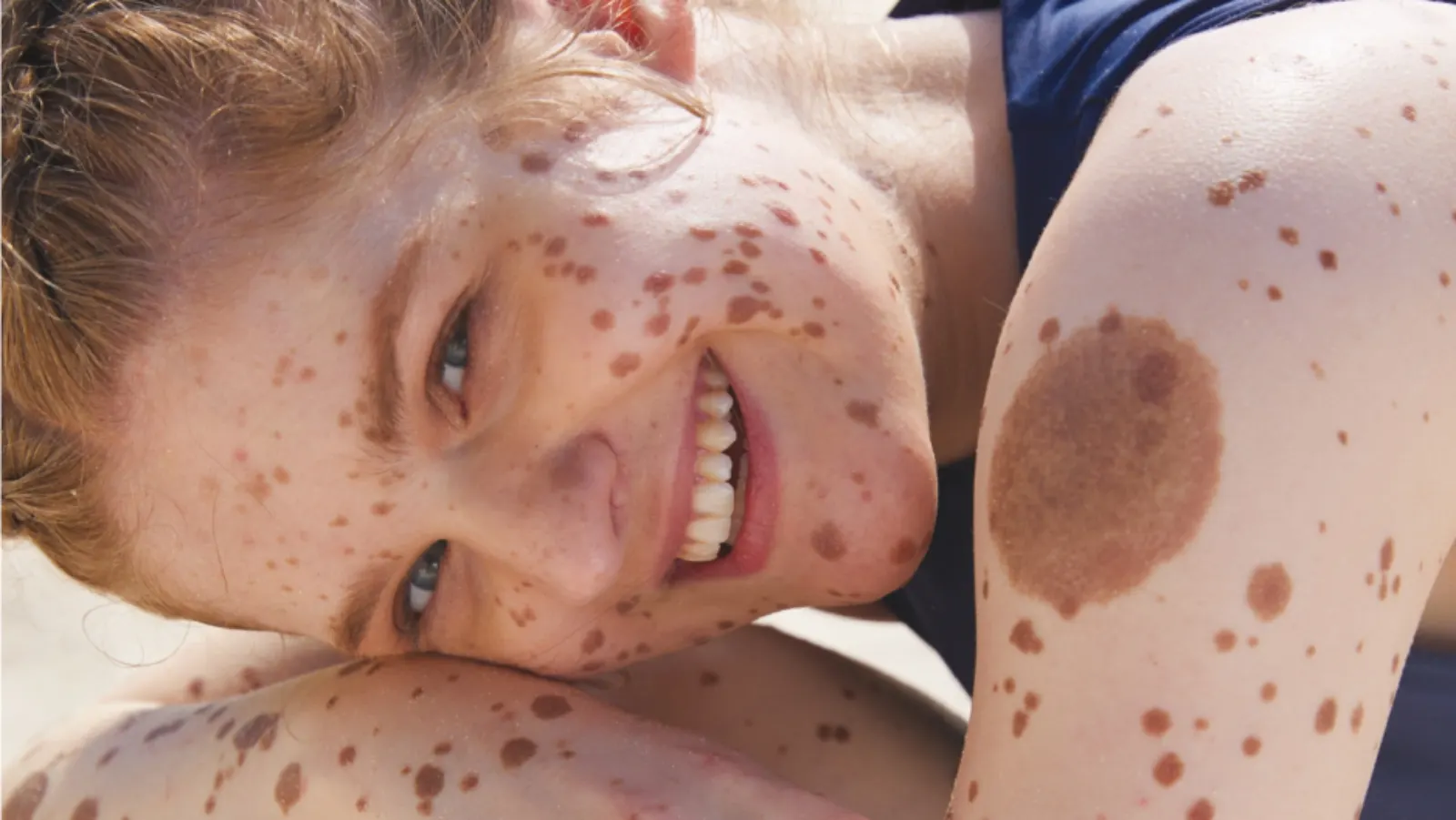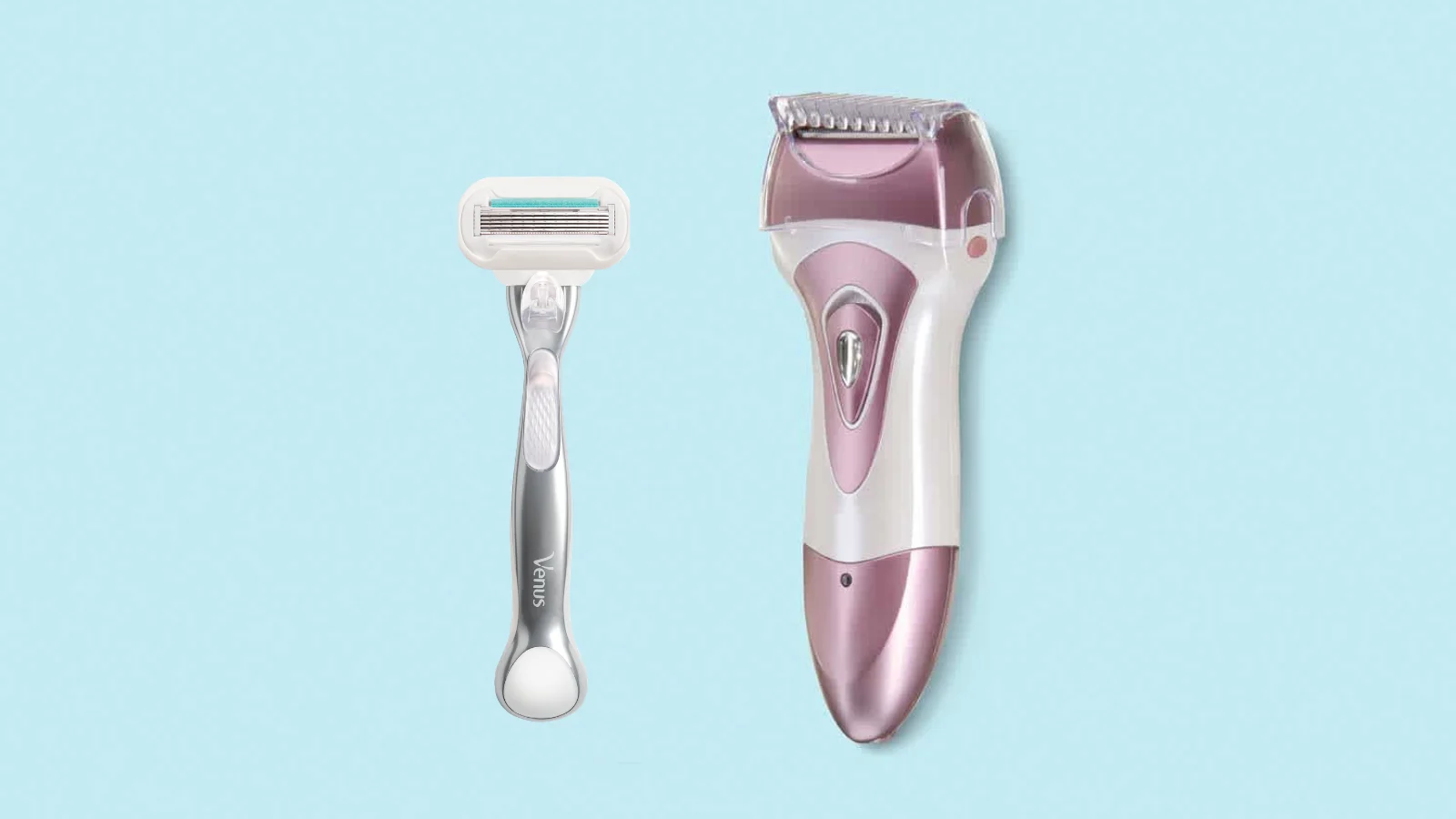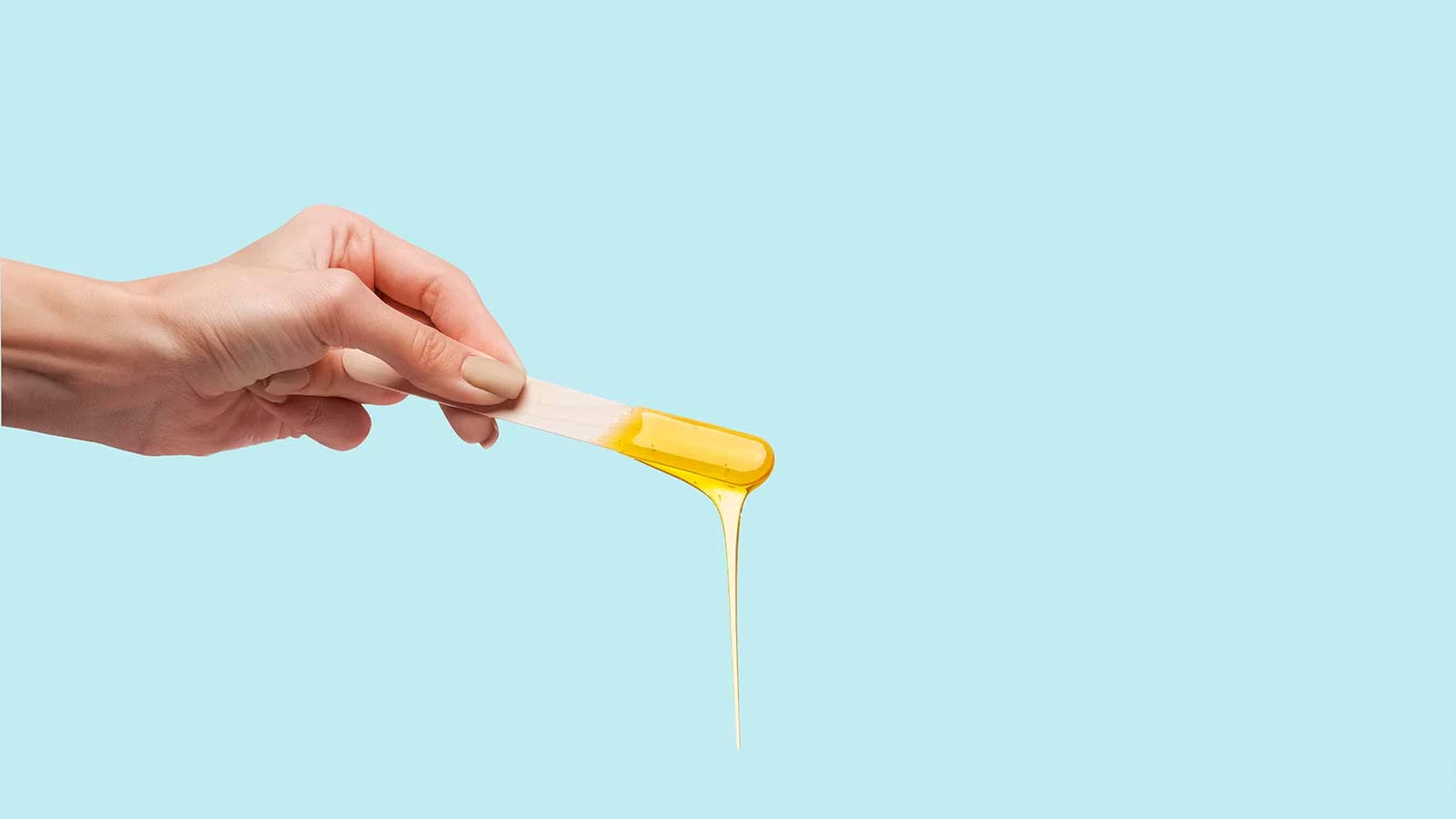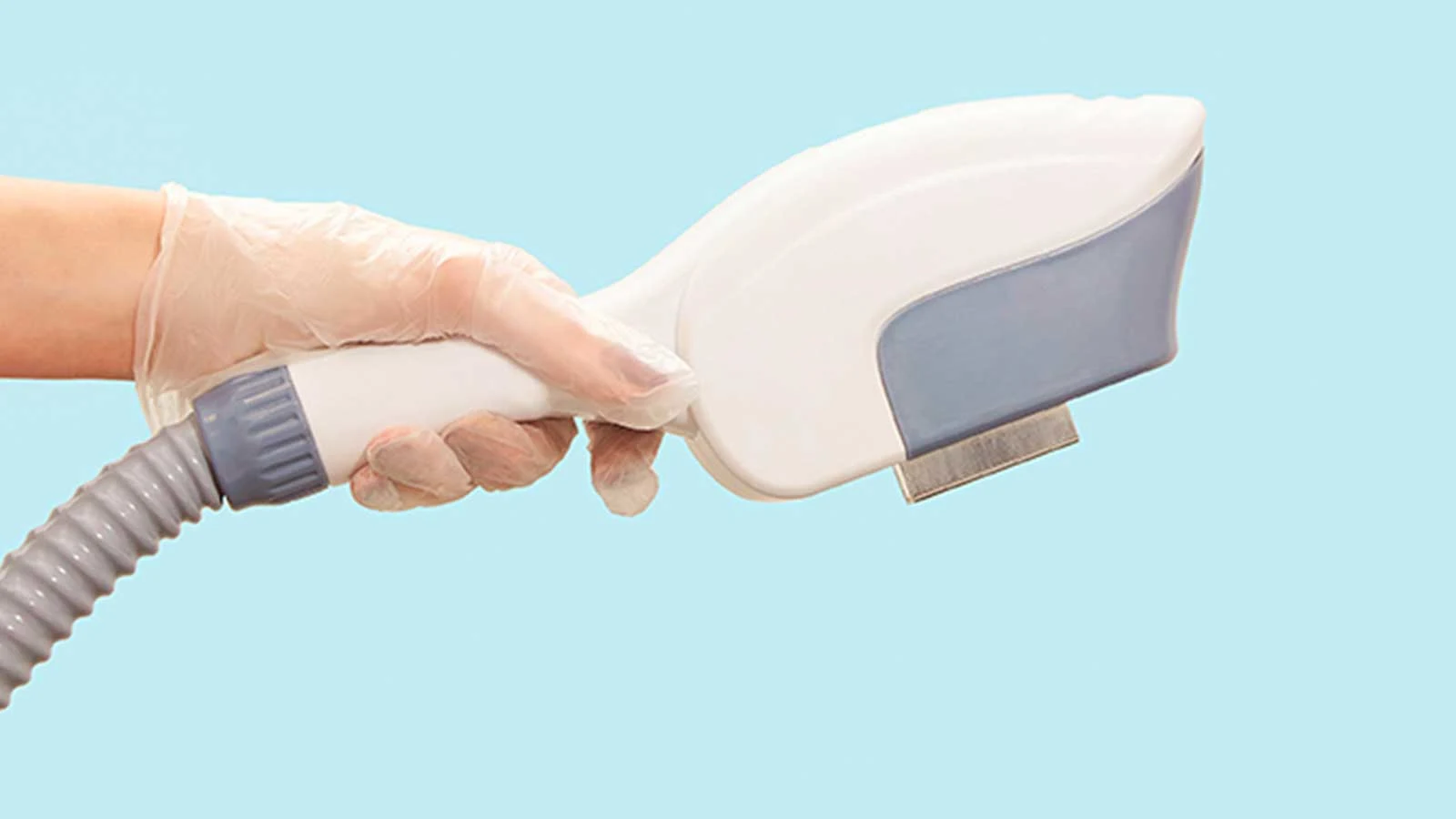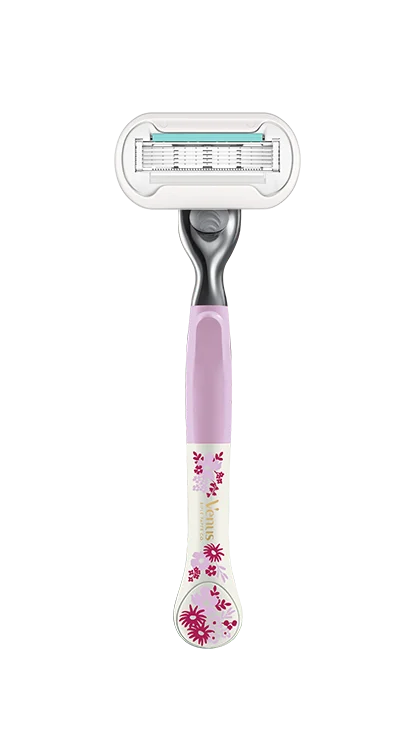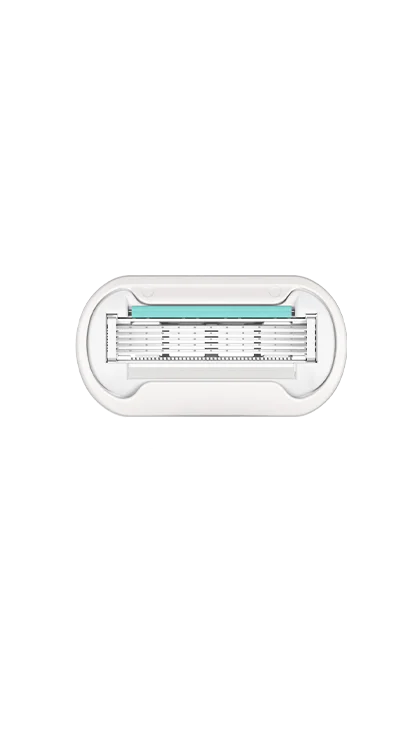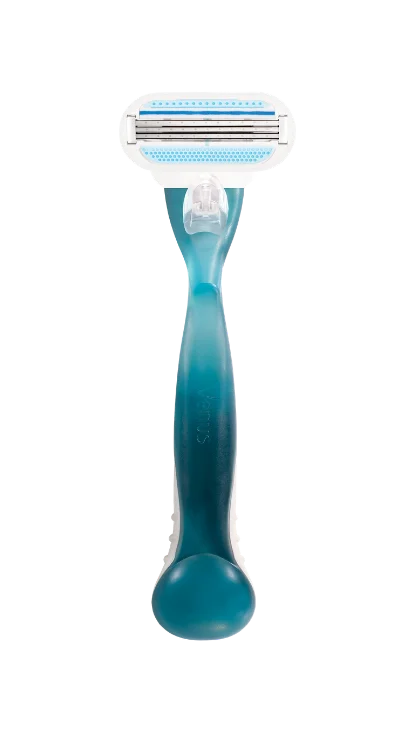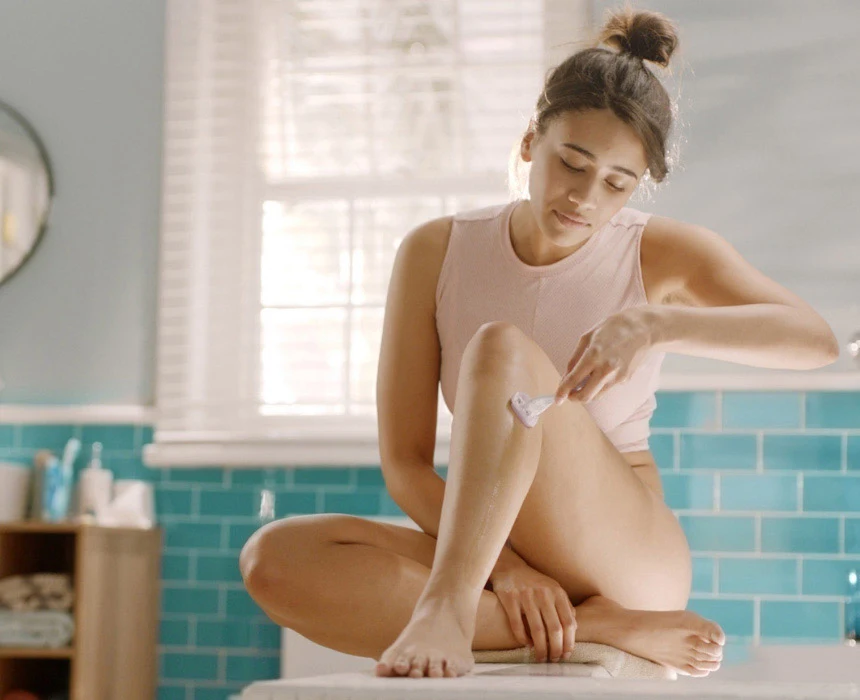Discover the best methods for removal of facial peach fuzz. From shaving to threading, explore options to keep your skin smooth and radiant in this informative guide.
What is Peach Fuzz?
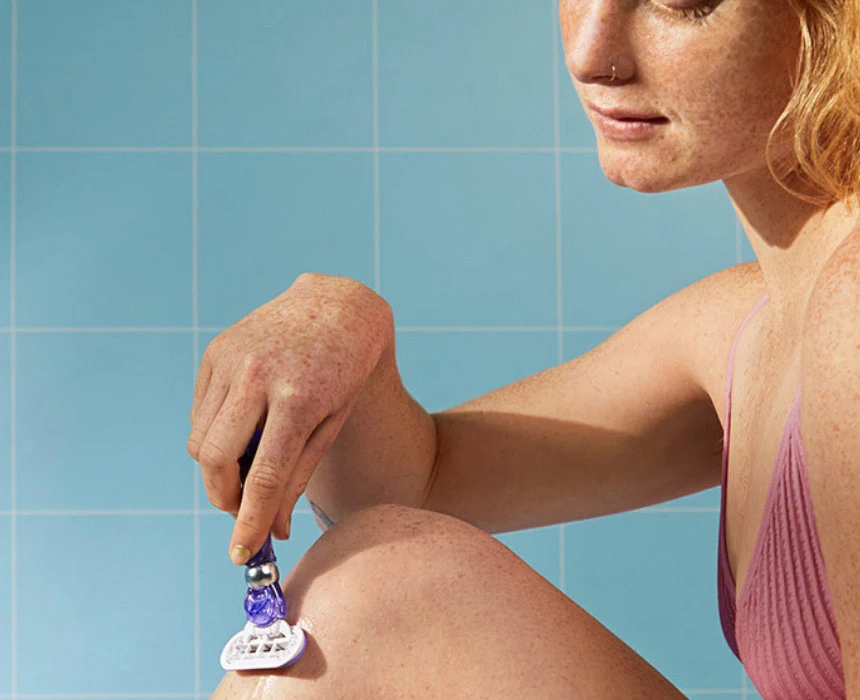
Read on to learn about peach fuzz, how to remove it, and how you can prevent it thanks to our handy guide!
Peach fuzz on the face FAQs
Does peach fuzz grow back stubbly?
When peach fuzz grows back after shaving, it may feel stubbly at first as the hair has been cut bluntly. It’s no thicker than before, and the hair will feel softer as it grows.
How often should a woman shave peach fuzz on face?
How often you should shave the peach fuzz on your face depends on your rate of hair regrowth and personal preference. It can vary from every two days to once or twice a week to maintain smoothness.
Is removing peach fuzz good?
Removing peach fuzz is a personal choice, so it’s neither good nor bad. Shaving peach fuzz has some benefits, like exfoliation of the skin, better product absorption and smoother makeup application.
Is it good to shave peach fuzz off your face?
It’s completely safe to shave peach fuzz on your face if you choose to remove it. Shaving your peach fuzz can even unclog pores and improve overall skin texture.
